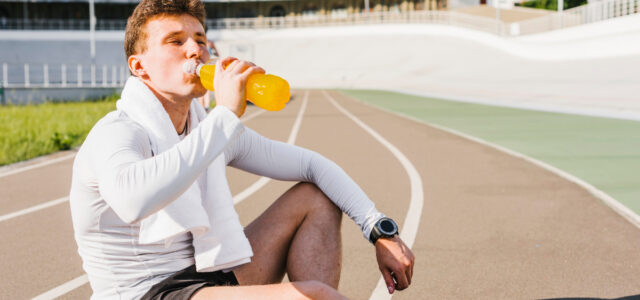
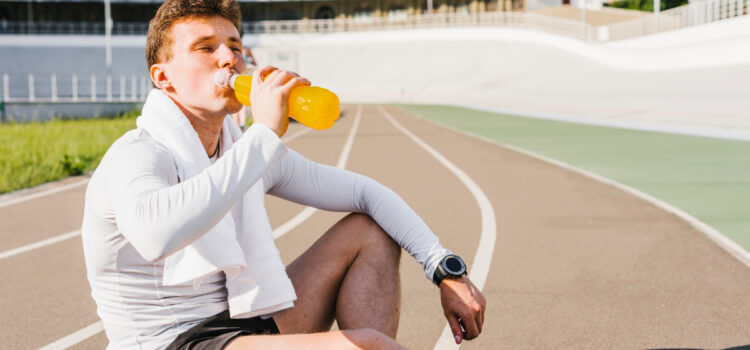
Post-Race Recovery Tips After a Challenging Race
BlogHealth & FitnessProduct Reviews/Top Ten Lists/Resources/TipsRunningStaffPicksXC-Track-Running October 8, 2024 Lauren Keating 0

Crossing the finish line brings a rush of endorphins that has the runner walking on cloud nine. After the adrenaline rush of crossing the finish line and giving it your all, recovery is essential to help your body heal, adapt, and perform better in future workouts or competitions. The hours and days following a tough race are critical for muscle repair, reducing soreness, and preventing injury.
During intense exercise, such as a tough race, your muscles undergo small tears. Applying proper recovery methods empowers these muscles to repair and thrive, to grow stronger.
It’s possible to feel great after a challenging race. This can be both a mental boost that the runner successfully competed and physically being in great shape to handle the intensity load. However, soreness may come later on. This is known as DOMS, Delayed Onset Muscle Soreness. It occurs from the buildup of lactic acid and muscle damage during exercise. Rest and hydration help reduce muscle soreness.
Athletes know the importance of recovery including stretching and foam rolling. Here are some more key post-race recovery tips to help you get back on your feet and ready for the next challenge.
Recovery Tips Athletes May Not Know:
Wear Compression Gear
After a challenging race, wear compression socks or leggings. This helps improve blood flow to your legs and speed up the removal of lactic acid buildup, reducing soreness. Compression wear is especially useful for long-distance runners or those feeling heavy leg fatigue after the race.
Active Isolated Stretching (AIS)
Instead of static stretching, try Active Isolated Stretching (AIS), where you hold each stretch for no longer than two seconds and repeat 8-10 times. This method improves range of motion, promotes flexibility, and prevents injury by gently working muscles through their full range of motion. It can be especially helpful to loosen tight muscles after a challenging race.
Contrast Water Therapy (Hot & Cold Showers or Baths)
Alternating between hot and cold water can promote blood flow and help flush out metabolic waste, reducing muscle soreness. After a race, try taking a warm shower or bath, then quickly switch to cold water for 30 seconds to 1 minute. Repeat the process a few times. The hot water dilates blood vessels, increasing circulation, while the cold water constricts them, helping to reduce inflammation.
Additionally, an epsom salt bath not only relaxes muscles but also replenishes magnesium, a crucial mineral for muscle function. Magnesium helps relax the muscles and reduce cramping. Try adding essential oils like lavender or eucalyptus to your bath to amplify the relaxation effect.
Legs-Up-the-Wall Pose (Viparita Karani)
This simple yoga pose is a fantastic way to relax your legs and promote blood flow back to the heart after a race. Lie on your back with your legs up against a wall, making an L-shape with your body. Stay in this position for 5-10 minutes. This can reduce swelling, relieve muscle fatigue, and help you decompress mentally and physically.
Tart Cherry Juice or Anti-Inflammatory Foods
Tart cherry juice is packed with antioxidants and has anti-inflammatory properties that can help reduce muscle soreness and speed up recovery. Other foods like turmeric, ginger, and omega-3-rich fish also support inflammation reduction. Adding these to your post-race meal or drink for enhanced recovery.
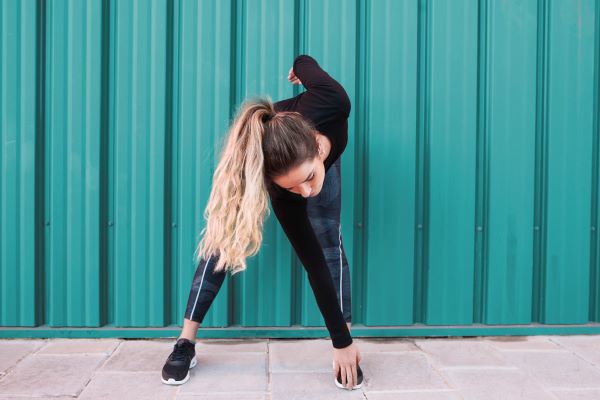
The Recovery Tips Athletes Know:
Cool Down and Stretch
Immediately after finishing a race, your body needs to cool down to avoid muscle stiffness and cramps. Instead of collapsing at the finish line, take a 5-10 minute walk or light jog to allow your heart rate to return to normal gradually. Following this with some gentle stretching will help improve flexibility and reduce the buildup of lactic acid in your muscles. Focus on the major muscle groups used during the race, including your quads, hamstrings, calves, and hip flexors.
Hydrate and Refuel
Drink water or a sports drink with electrolytes to replace what you lost during the race. Aim to drink small amounts at regular intervals rather than guzzling large quantities at once.
Within 30-60 minutes of finishing the race, consume a meal or snack that includes both carbohydrates and protein. Carbs replenish glycogen stores, while protein helps repair muscle fibers. A simple snack like a banana with peanut butter, a protein bar, or a recovery smoothie can do the trick.
Foam Rolling and Massage
Using a foam roller is a great way to relieve muscle knots after a race. Foam rolling increases blood flow, reduces soreness, and improves muscle flexibility, making it an effective and affordable recovery tool. Spend 10-15 minutes foam rolling major muscle groups, especially your legs and back.
Take an Ice Bath or Use Cold Therapy
For those particularly tough races where soreness is inevitable, cold therapy can be a game changer. Taking a 10-15 minute ice bath or applying ice packs to your legs and other sore areas can reduce inflammation and numb muscle soreness. If you’re not a fan of ice baths, try a cool shower to lower your core temperature and soothe tired muscles.
Prioritize Rest and Sleep
Rest is the most important component of recovery. Give yourself permission to take a day or two off from intense physical activity to let your muscles repair themselves after that tough race.
Your body does most of its recovery work during sleep, so aim for at least 8 hours of high-quality sleep in the days following your race. If you’re feeling particularly sore, a nap during the day can also help speed up recovery.
Use Active Recovery Techniques
While rest is crucial, light movement can also aid in recovery by increasing blood flow to your muscles, which helps to reduce stiffness and soreness. This technique, known as active recovery, can include activities like walking, swimming, or cycling at a very low intensity. E

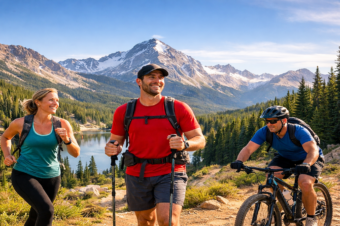
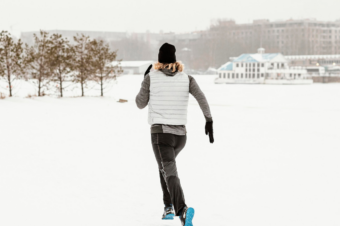
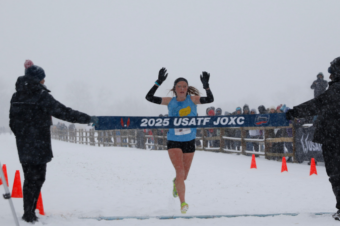
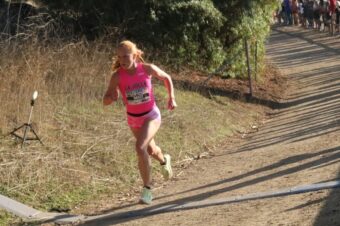
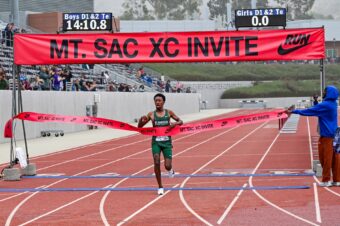

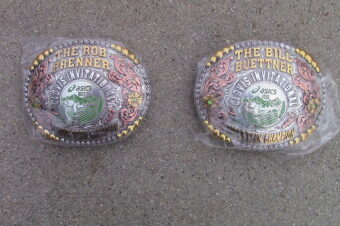
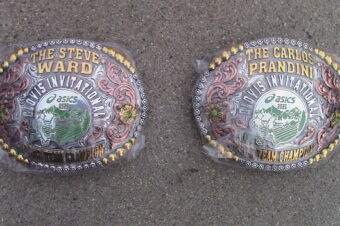
No comments so far.
Be first to leave comment below.